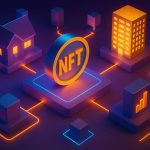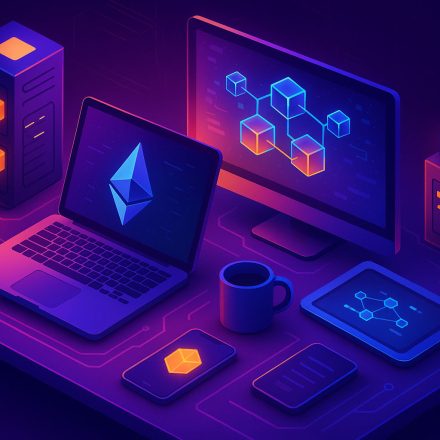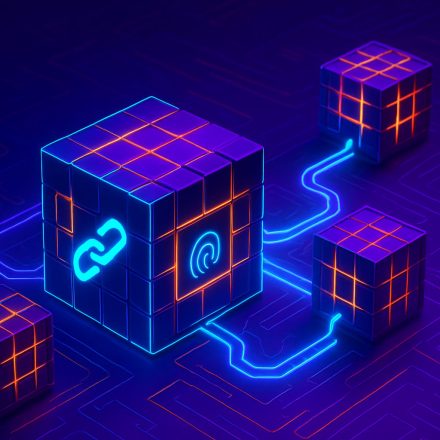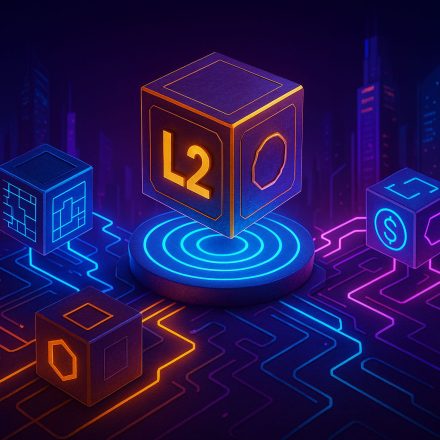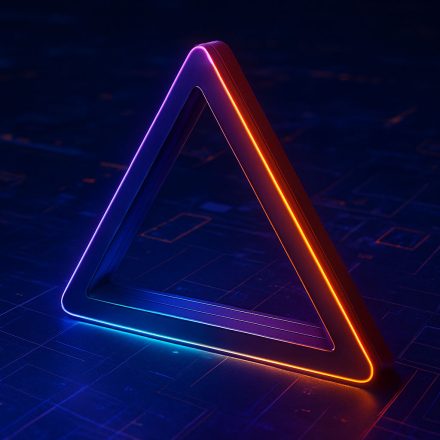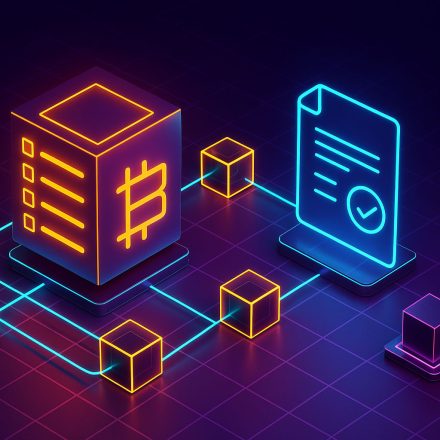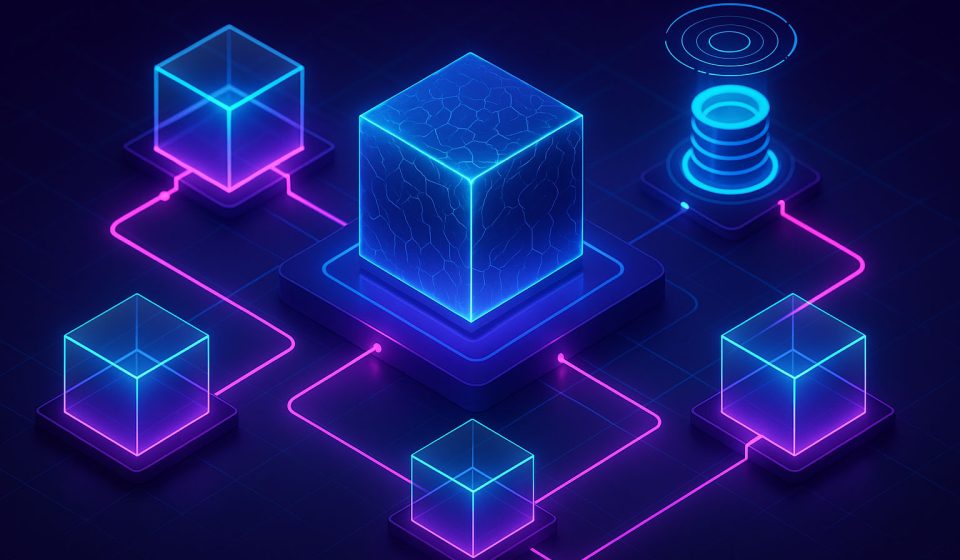
🧱 What Is Layer 2? A Technical Overview for Beginners
As blockchain adoption grows, so does the demand for faster and cheaper transactions. Ethereum and other blockchains often struggle with congestion and high gas fees — and that’s where Layer 2 solutions come in.
Table Of Content
But what is Layer 2 exactly, and how does it help scale blockchains without compromising decentralization?
In this beginner-friendly technical overview, we’ll explain what Layer 2 means, how it works, and why it’s essential to the future of blockchain.
At BlockchainInsights.org, we help you understand the advanced side of blockchain — one block at a time.
🔍 What Is Layer 2?
Layer 2 (L2) refers to a secondary framework or protocol built on top of a Layer 1 blockchain (like Ethereum) that processes transactions off-chain, reducing the load on the main network.
Layer 2 helps increase throughput and reduce transaction fees while still relying on the Layer 1 chain for final settlement and security.
Think of Layer 1 (L1) as the base road — and Layer 2 as a fast-moving expressway that merges back onto the main road when needed.
⚙️ How Layer 2 Works
L2 solutions operate by handling most of the computational work off-chain and then posting summarized results (often in batches) to the main blockchain.
The Layer 1 chain:
- Provides security
- Stores the final state of transactions
- Resolves disputes
The Layer 2 handles:
- High-speed processing
- Lower fees
- Scalability for dApps
🧪 Types of Layer 2 Solutions
There are several types of L2s, each with different mechanisms and trade-offs:
1. Rollups
They bundle (or “roll up”) many transactions into one and submit it to L1.
Two main types:
- Optimistic Rollups: Assume transactions are valid unless challenged (e.g., Arbitrum, Optimism)
- ZK-Rollups: Use zero-knowledge proofs to verify transactions instantly (e.g., zkSync, StarkNet)
2. State Channels
Private, off-chain channels between parties that only interact with L1 when opening or closing the channel.
Example: Lightning Network (Bitcoin)
3. Plasma
A framework that creates child chains to process transactions, reporting back to L1 only when necessary. Less popular now due to limitations.
4. Validiums
Similar to ZK-rollups but store data off-chain, ideal for scalability and privacy-focused use cases.
🚀 Why Layer 2 Matters
Layer 2 is one of the most critical solutions for blockchain mass adoption. Here’s why:
- Scalability: Enables thousands of transactions per second without overloading Layer 1
- Lower Costs: Significantly reduces gas fees for users and developers
- Speed: Faster confirmations and improved UX
- Sustainability: Less on-chain congestion means lower energy use
- Flexibility: Different use cases can thrive without competing for L1 block space
🏗️ Popular Layer 2 Projects
Several major Layer 2 platforms are already making waves in 2025:
- Arbitrum: Optimistic Rollup offering high EVM compatibility
- Optimism: Known for its simple developer experience and OP Stack
- zkSync Era: A zero-knowledge rollup that brings native Ethereum security and fast settlement
- StarkNet: Built with STARK-based cryptography, offering high security and composability
- Polygon zkEVM: An Ethereum-equivalent ZK-rollup using zk-proofs for cheap and fast transactions
- Base (by Coinbase): An L2 built on OP Stack for mainstream user onboarding
🧠 Challenges of Layer 2
Despite the advantages, L2 has its own challenges:
- Bridge Security Risks: Transferring assets between L1 and L2 involves bridges, which are often targets for exploits
- User Complexity: Managing multiple chains and networks can confuse users
- Interoperability: Fragmentation between L2s could hurt seamless dApp experiences
- Centralization: Some L2s rely on a centralized sequencer or admin keys
These issues are being addressed, but they highlight the need for continued innovation and standardization.
🔗 Learn More
Curious about Ethereum’s main chain and its role in Layer 2 security? Read:
“How Blockchain Works: A Simple Guide for Beginners”
https://blockchaininsights.org/how-blockchain-works
Coming soon:
“Optimistic vs ZK-Rollups: What’s the Difference?”
📝 Final Thoughts
So, what is Layer 2? It’s the most important path forward for blockchain scalability — allowing us to build a decentralized internet that’s fast, affordable, and accessible.
By understanding Layer 2, you’re gaining insight into the future of DeFi, NFTs, Web3, and every blockchain-powered innovation ahead.
At BlockchainInsights.org, we’ll keep guiding you through every technical concept — one layer at a time.




